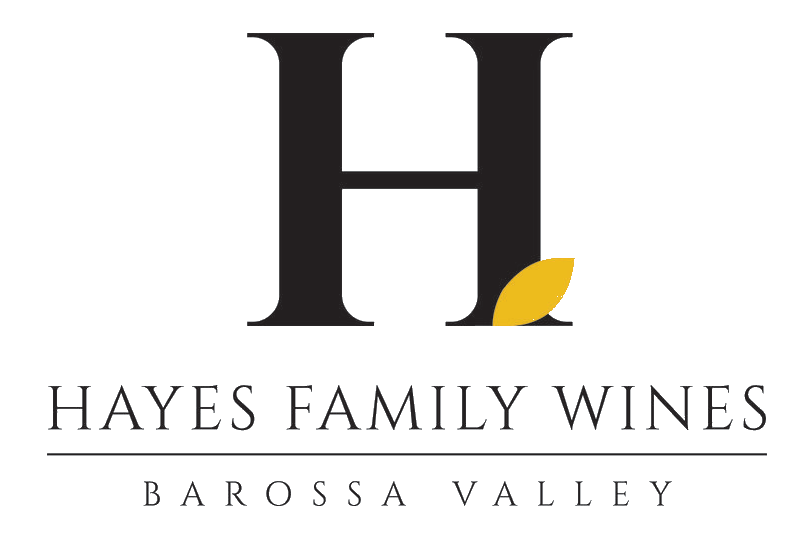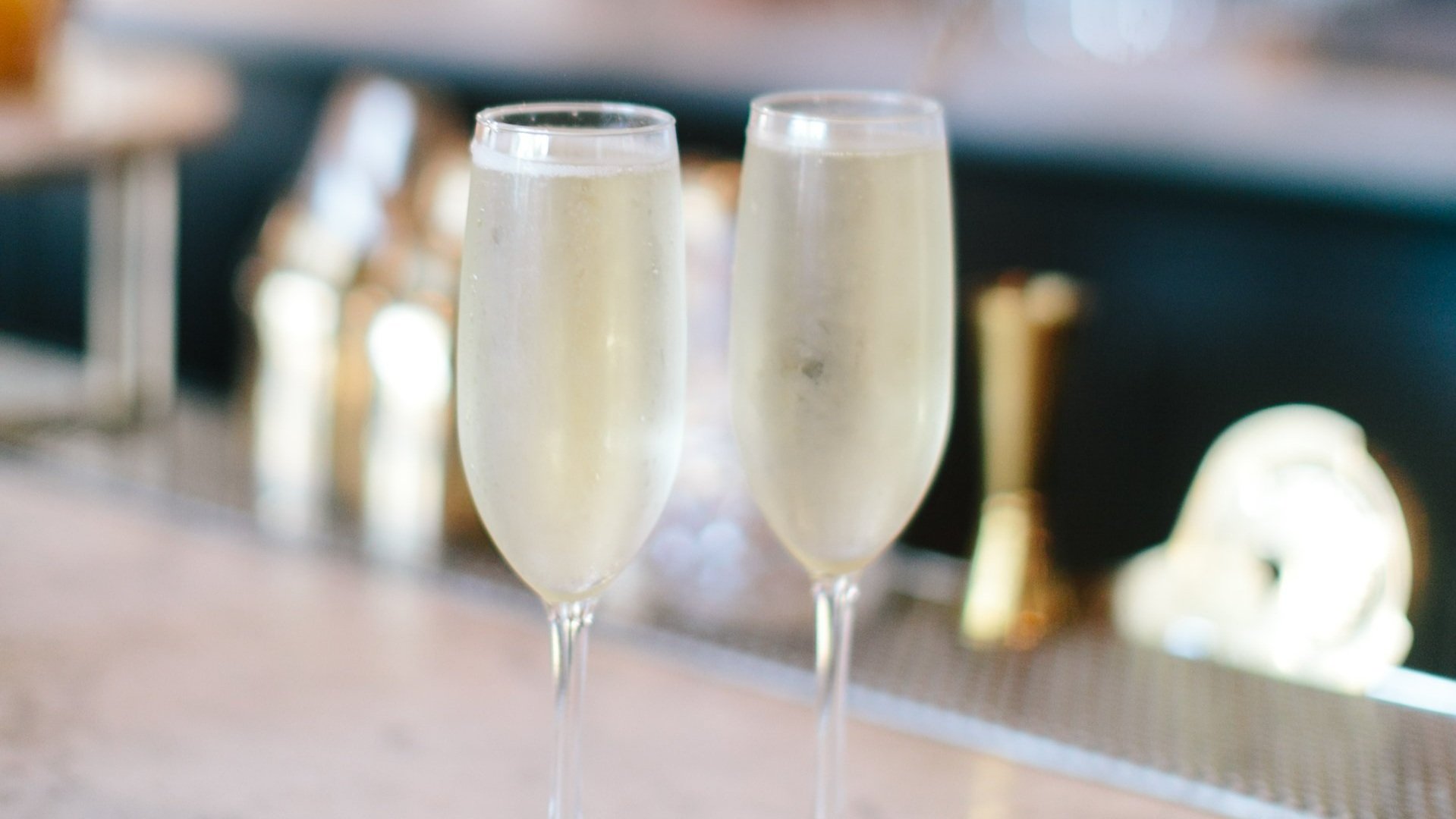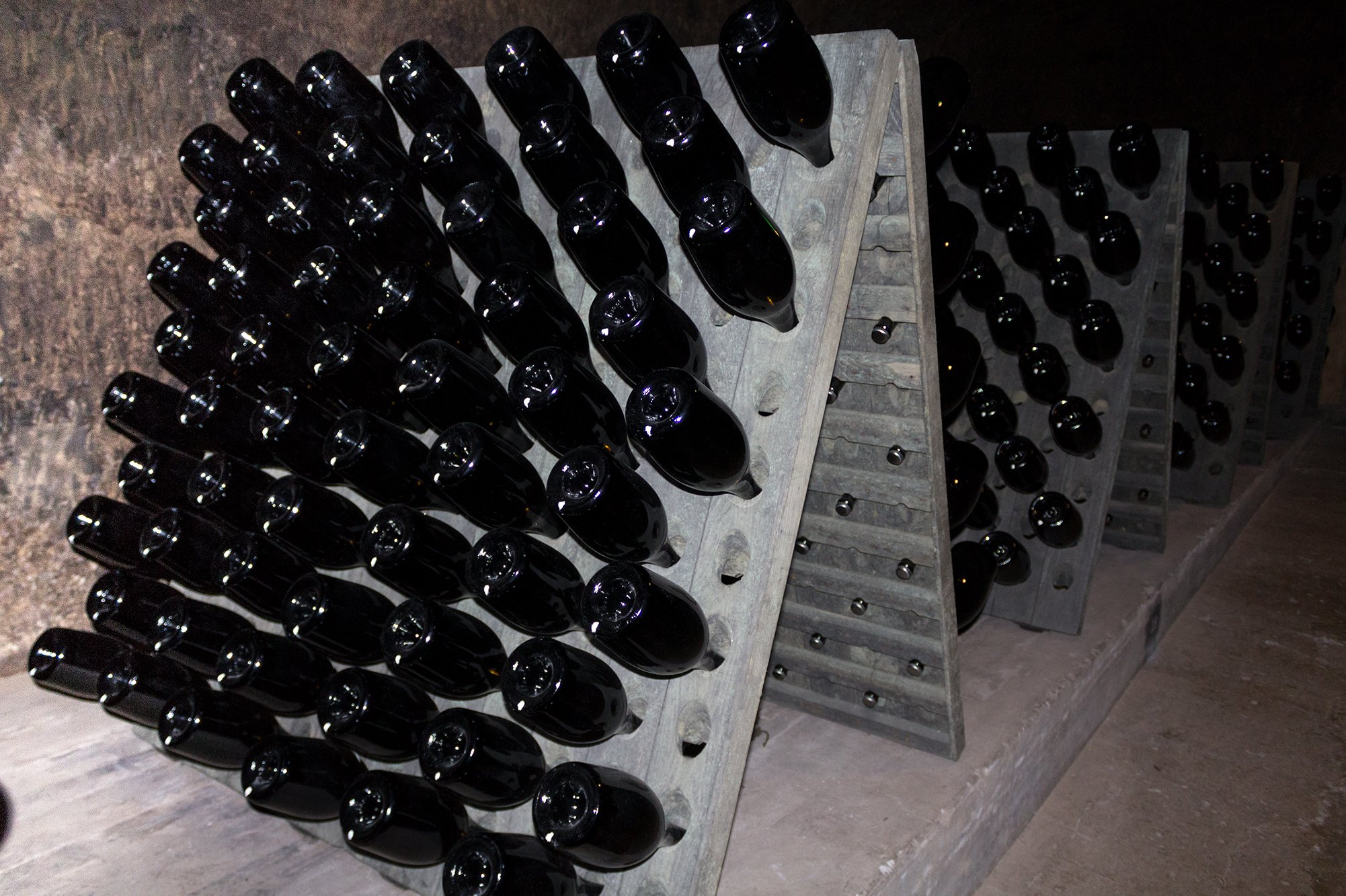Sparkling Wine - 2019 Blanc de Noirs - A New Disgorgement and it is even better!
Sparkling Wine, A wine of Celebration
The Mystery of Sparkling Wine
For most Australians, sparkling wine carries a feeling of celebration, whether it be a wedding, a horse race, a boat being launched or to kick off a Friday night with friends. We have all enjoyed a glass or two of sparkling. So how is it made and what makes some worth $10 and others $1000?
Like all Wine, it starts with the grapes
Sparkling wine, like all good wines, starts with the grapes. Typically, better grapes are more expensive and this as a contributing factor to a wine’s final retail price. For sparkling base wines, we are typically looking for different characteristics in those grapes than we would for a dry white or red table wine.
In the case of traditional premium sparkling white wines, we are looking for barely ripe grapes that are high in acid. That is, they are fresh and low in potential alcohol. They are often traditionally French grapes like chardonnay, pinot noir, pinot meunier as specified in Champagne, but we have seen a rise in other grape varieties in both traditional blends across Europe (chenin blanc, riesling, prosecco) and in the new world with a wide variety of cultivars employed.
How is sparkling wine made?
Essentially two key methods are employed, tank fermented (re-fermentation in a stainless tank under pressure) and methode traditionelle, where the wine undergoes a secondary fermentation in the bottle.
Both methods are widely used in the wine world. Champagne mandates Methode Tradionelle.
Tank Fermented sparklings are re-fermented from still base wines in stainless steel tanks with yeast and sugar added. The secondary fermentation occurs under pressure. Once complete, the wine is filtered, stabilised and bottled under pressure to retain the bubbles.
Traditional Riddling Racks
Method Traditionelle wines are made from still base wines, which is bottled with a sugar syrup and yeast. Once sealed with a crown seal, the wine undergoes a secondary fermentation in bottle over a number of months, and is often stored on lees (dead yeast cells) for a number of years. The wines then need to riddled or turned regularly through the aging process. Once ready, the disgorgement occurs (removal of sediment), the wine is topped, corked and ready for sale.
The process for Method Tradionelle is longer, and often involves a large amount of manual activities, particularly when made in small volumes such as our bottlings. The cost of manufacture is therefore significantly higher often resulting in higher retail pricing.
How about the Market?
We’ve seen a continued upward trend in demand for sparkling white wines in Australia – particularly for Champagne (Australia is a top 10 global market), Prosecco, and Australian hotspots Tasmania, Victoria and the Adelaide Hills. And we Australian’s love it in all the shapes and forms - Methode Traditionelle, Pinot Noir Chardonnay, Blanc de Blancs, Blanc de Noirs, non-vintage or vintage.
And at Hayes Family Wines
We too love sparkling white, sparkling red, vintage and non vintage. All of our wines are made Methode Traditionelle, with base wine undergoing a secondary fermentation in the bottle.
We believe that this approach provides more control over the winemaking process, allowing us to produce the delicious flavours we want. This makes the sparkling production significantly more time consuming and expensive - but we think it is worth it!
2019 Blanc de Noirs (Oct 2021 Disgorgement)
Our 2019 Blanc de Noirs is 100% Pinot Noir from a single vineyard in the Adelaide Hills. This is the second disgorgement of our 2019 Blanc de Noirs. Having spent an additional 12 months on lees, it has developed extra complexity without sacrificing the vitality and freshness that we all loved with the first disgorgement.
We will discuss more about our NV Sparkling Shiraz in a future post.




